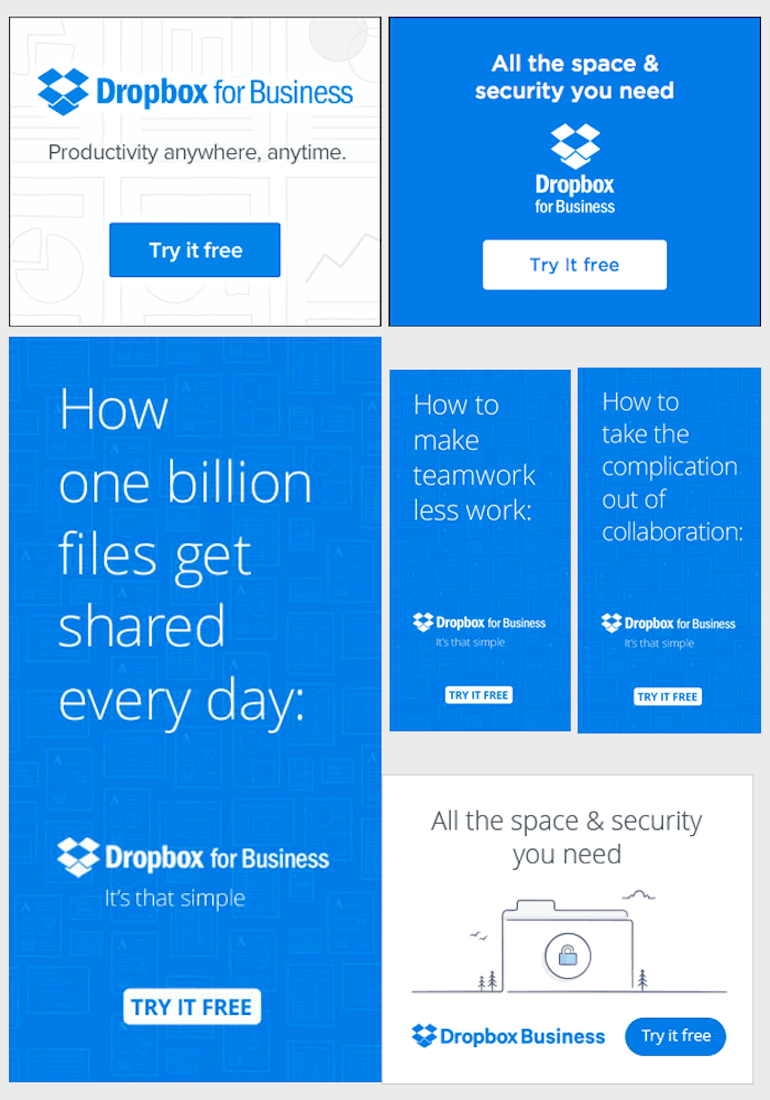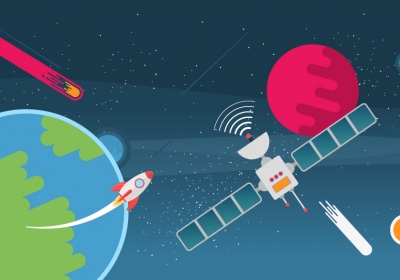It’s a fact: the human brain processes visual information 60,000x times faster than text. That’s one of the reasons why images can help you build a stronger case and deliver a much more persuasive message in your banner ads.
Visuals are processed 60,000X faster in the brain than text.
The right images can help you get your message across much more effectively while creating an impact on your customer.
Still, how do you choose the best image for your banner ads?
Here are a few tips to guide you through the process.
1. Choose high-quality images
It goes without saying. Using images that are blurry and clear will make your banner ad look amateurish. What’s more, it won’t inspire confidence and consequently, users won’t feel compelled to click on it, no matter how enticing your message is. Avoid this by using professional, crisp and clear images in your banner ads.
Don’t worry if you can’t afford a professional photographer. There are a lot of stock photography websites where you can find good, friendly, relatable images that you can use on your banners.
What’s more, if you’re designing your banners with Bannersnack, you have an entire collection at your fingertips.
2. Be relevant, select images that fit the context
The image’s main purpose is to support and reinforce your message.
Once you’ve established your value proposition or once you’ve clearly identified the benefits your product or service offers, look for an image that will support and help you communicate those even more effectively.
For instance, if you’re selling beauty products, feature images of how good your products make people look. Or, if you’re running a promotion, you can use a clock or a times to reinforce the limited time idea.
Still, make sure that you develop a value proposition first and then select the images for your design.
Don’t do this in reverse, even if you’re tempted to, it’s not going to be as efficient.
3. Think about your target audience
According to the liking principle, people are more likely to respond to people they like. Also, we tend to like people who are similar to ourselves.
People are more likely to respond to people they like
Consider this when you’re selecting images for your banner ads and think about your audience. What are they like? Feature images of people similar to your target audience in your banner designs to be more persuasive.
4. Don’t forget about your brand
Besides your audience, you also need to keep in mind your brand and the personality you want to convey. Select images that work both with your messaging and your branding.
Don’t forget – a brand builds in time, so choose images that are consistent with what you want to stand for to build brand awareness with your audience.
5. Choose good colors and good contrast.
We’ve mentioned this when we discussed color earlier, and it applies to images as well.
Images that have low contrast are very difficult to read. Also, select colors that are appropriate for the context.
For example, if you’re running ads on Facebook, you might want to stay clear of blue images and go with orange instead, it has a higher chance of getting noticed.
6. Use emotion
People are influenced by emotions.
We’re wired for connection and we respond to the things that move us. You can increase your chances of getting noticed and establishing a connection by featuring images that evoke a strong emotion.
As a general rule, positive emotions work better – if possible, choose images of happy people to set a positive tone. You can also use fear, shock to attract attention and send a message for social responsibility campaigns.
7. Choose seasonal or themed images if available.
The human brain is wired to see the things it’s looking for. If we expect to see green and red items in December, we’re going to notice images that feature those colors for Christmas.
Seasonal or themed images set the stage and tell the customer what he can expect. More, it shows that you’re always keeping up to date.
8. Test, test, test.
There are no fixed rules for images. What works for a brand or a company might not work for yours. For instance, text-based images with promotional tags might work for one company, but not necessarily for yours.
Test different versions of your banners with different images to find the type of image that works best for you.
Banner Ads Examples
Here are a few banner ads examples that will help you inspire to know how to design your next banner ads for your display ad campaign:
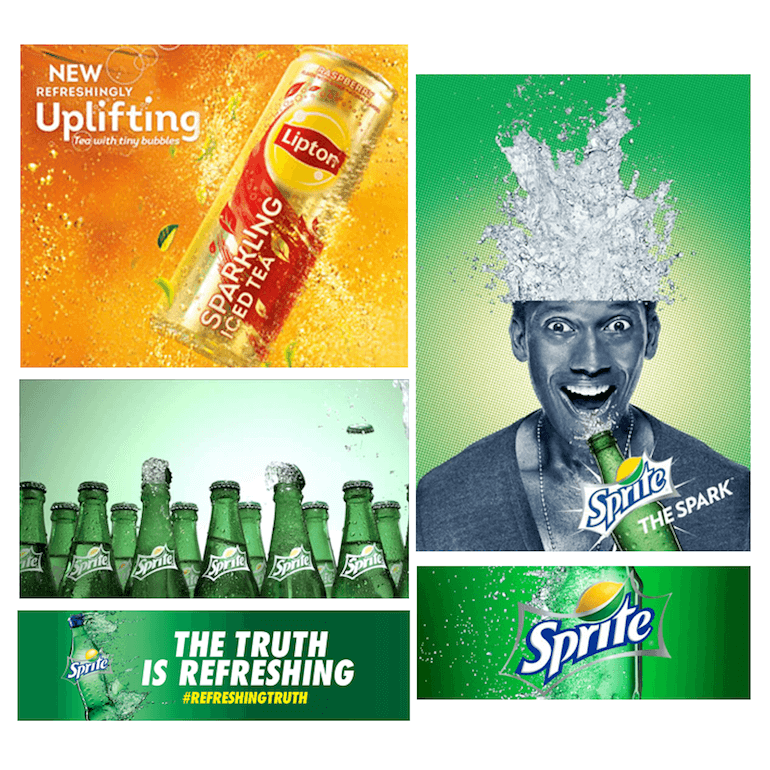
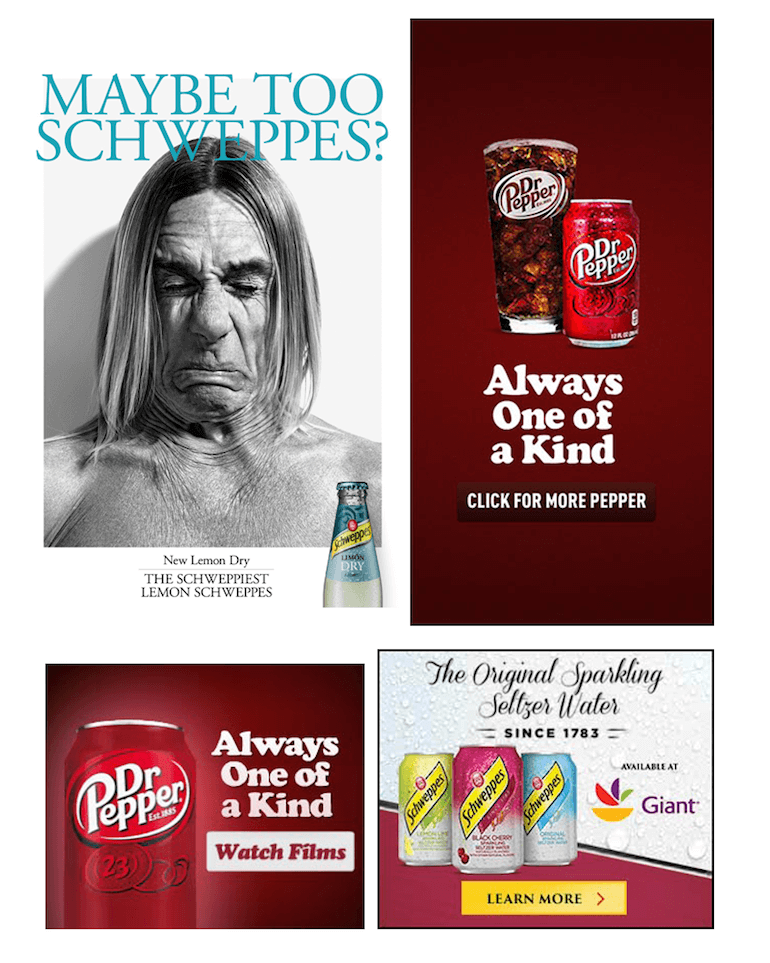

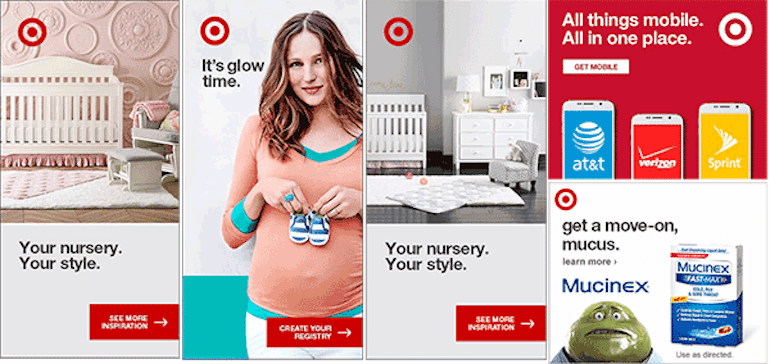
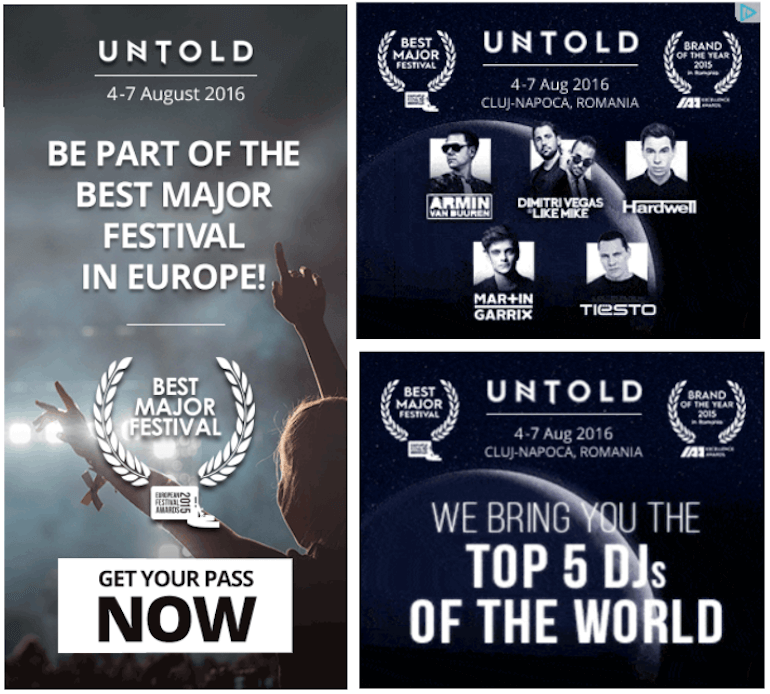

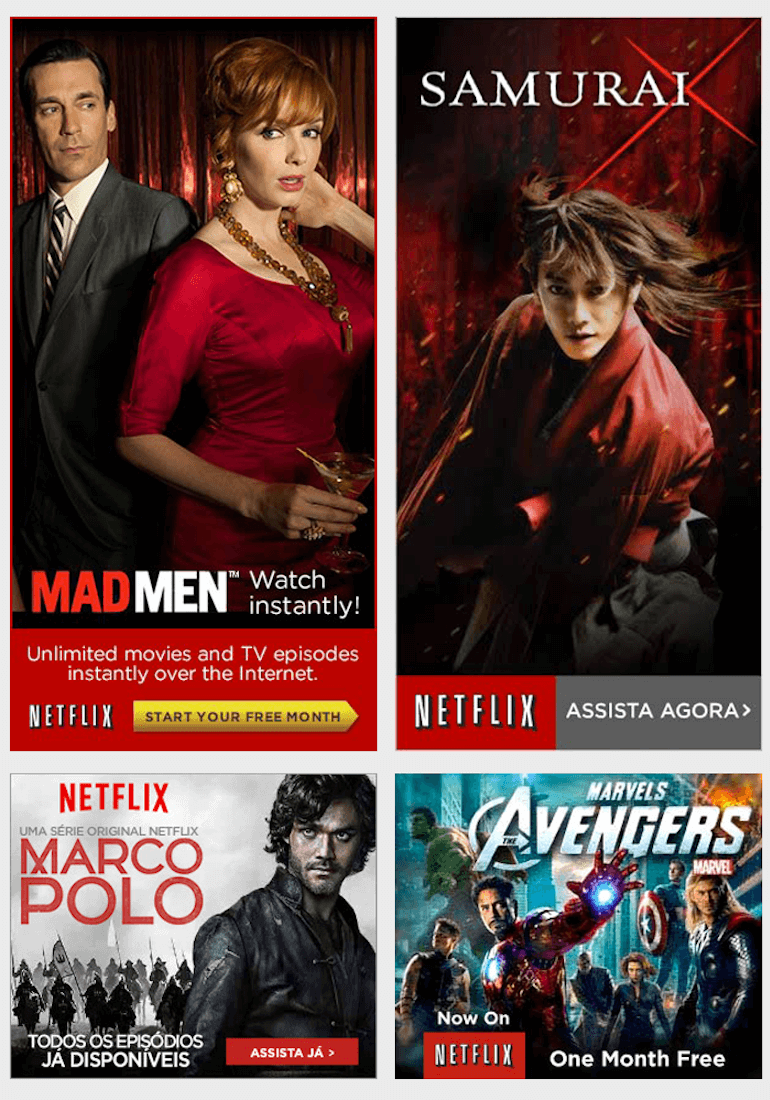





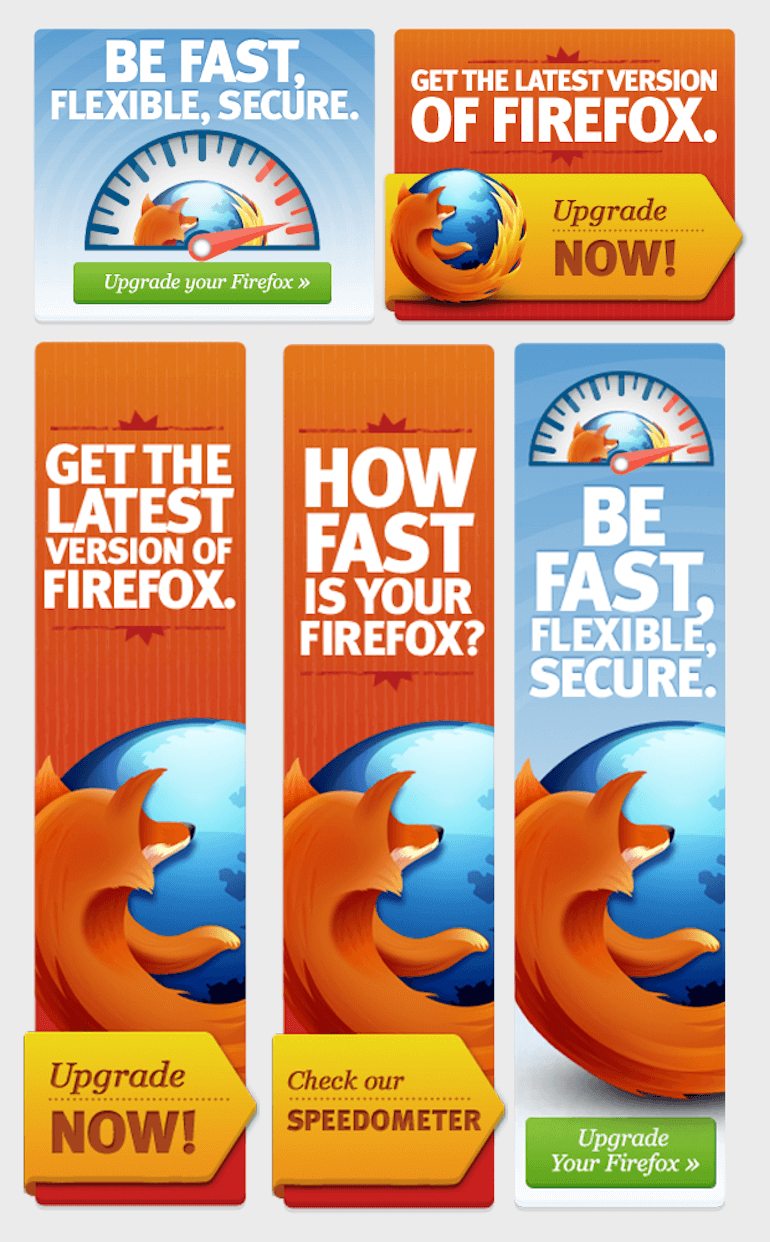




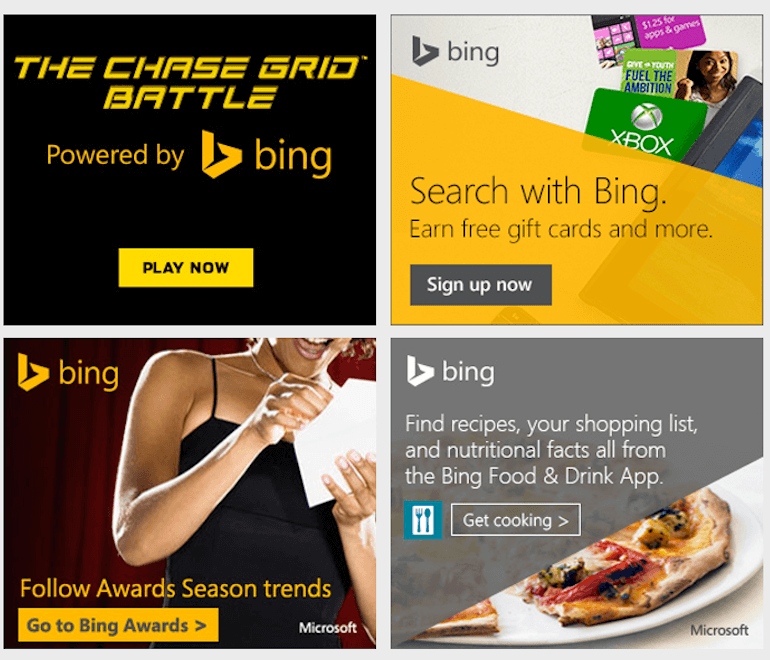
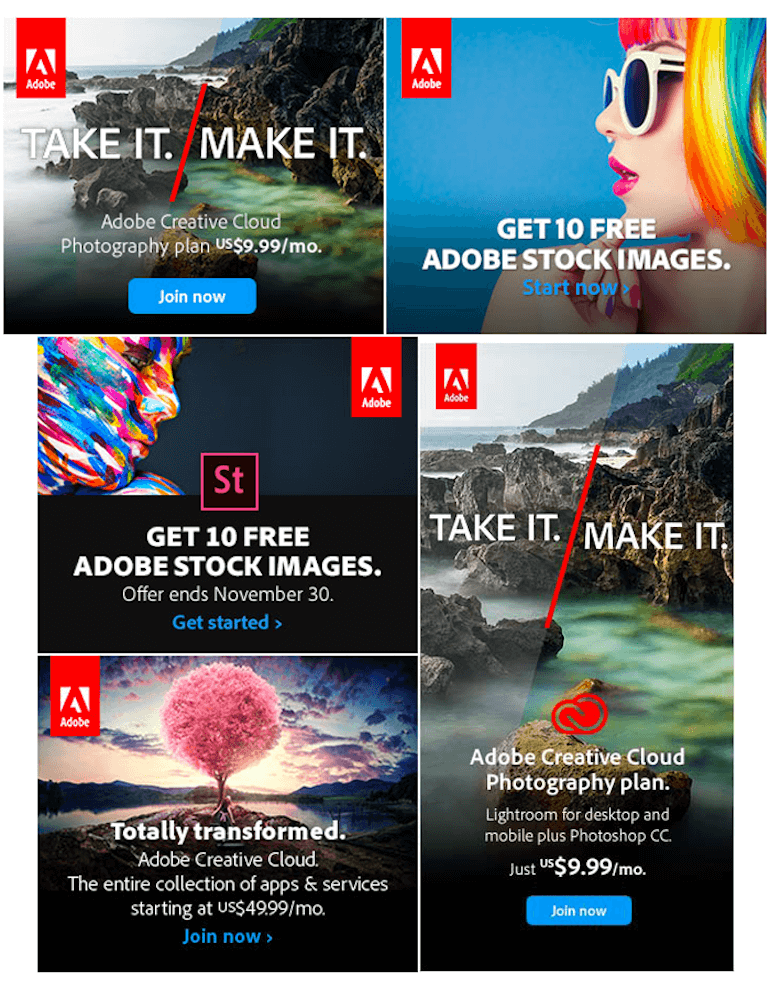
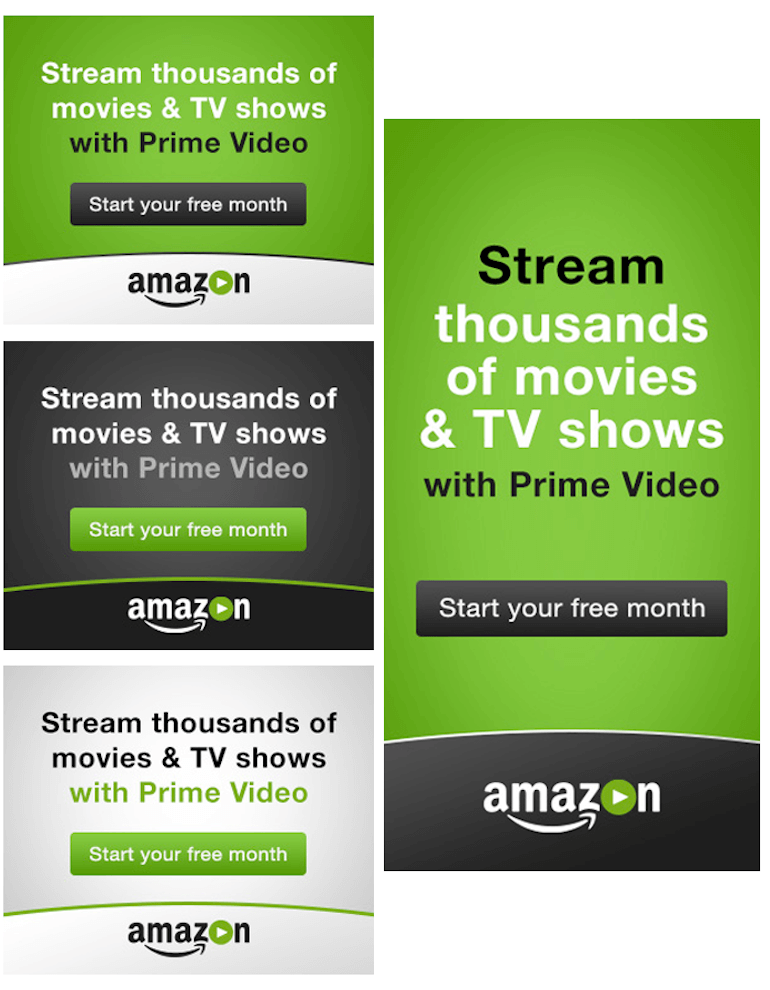

Chapter 1: Advertise For Your Target Audience
Chapter 2: The Anatomy Of A Banner Ad
Chapter 3: Design Principles When Creating Banner Ads
Chapter 5: How To Define Value Proposition

